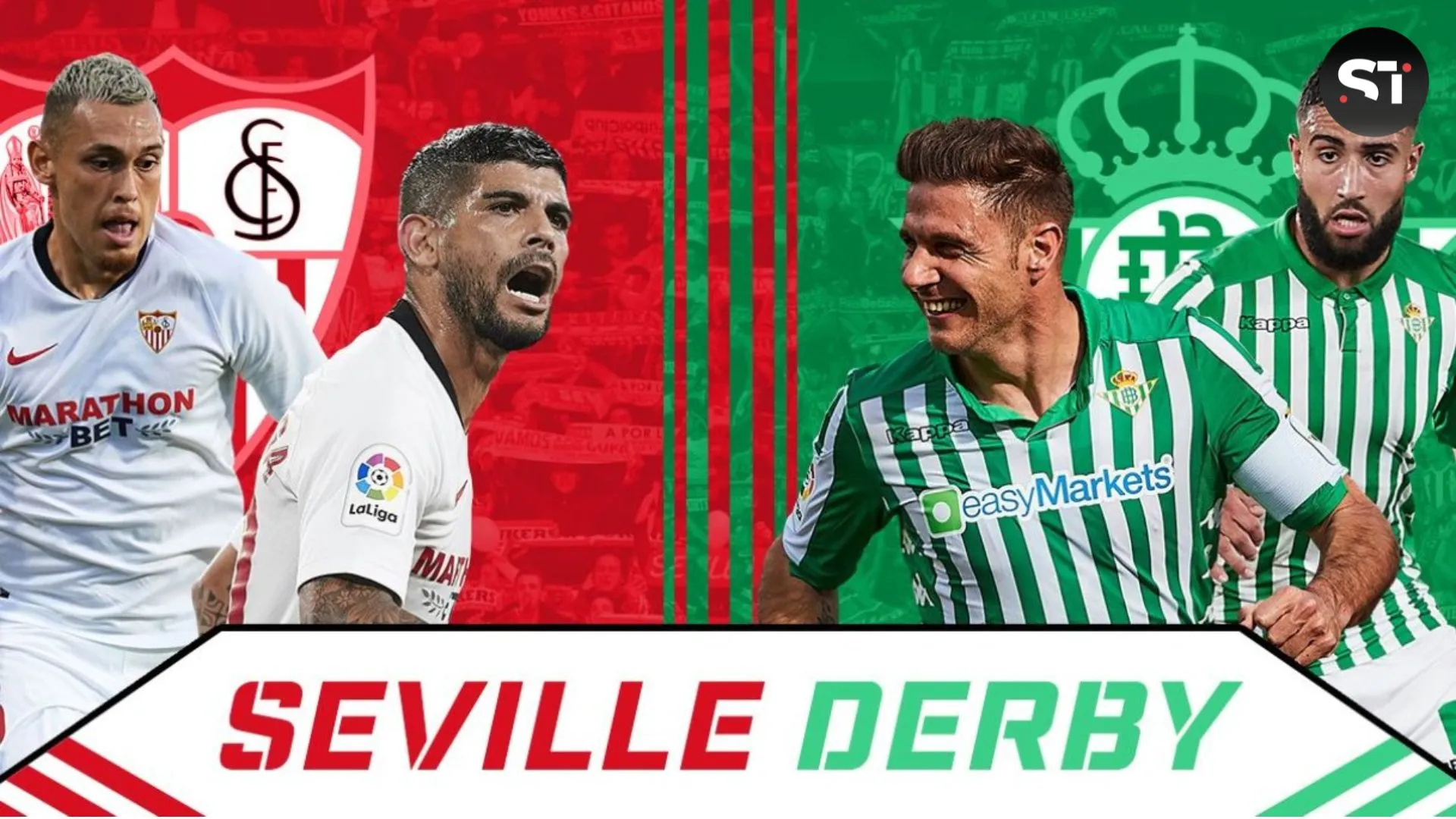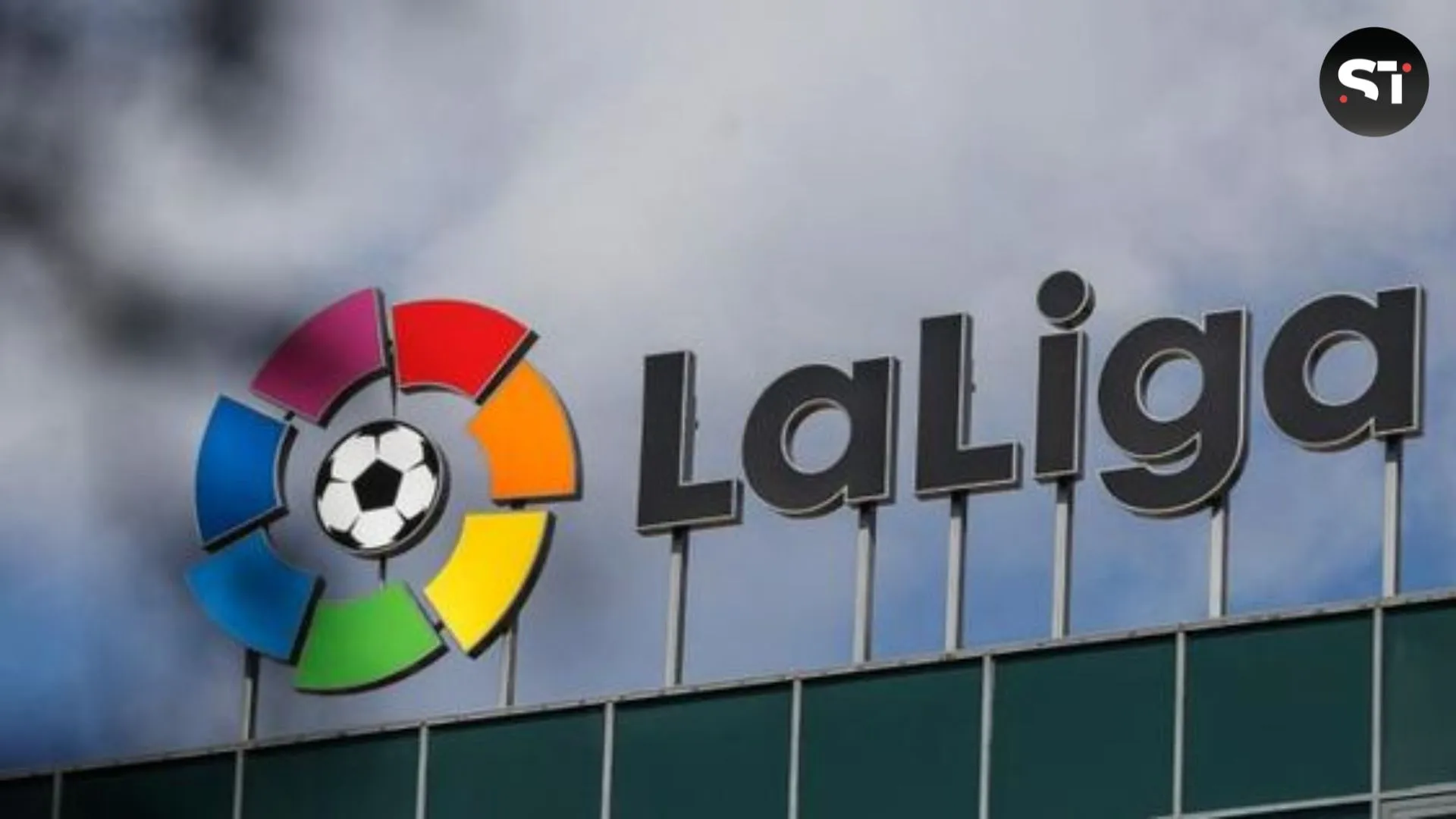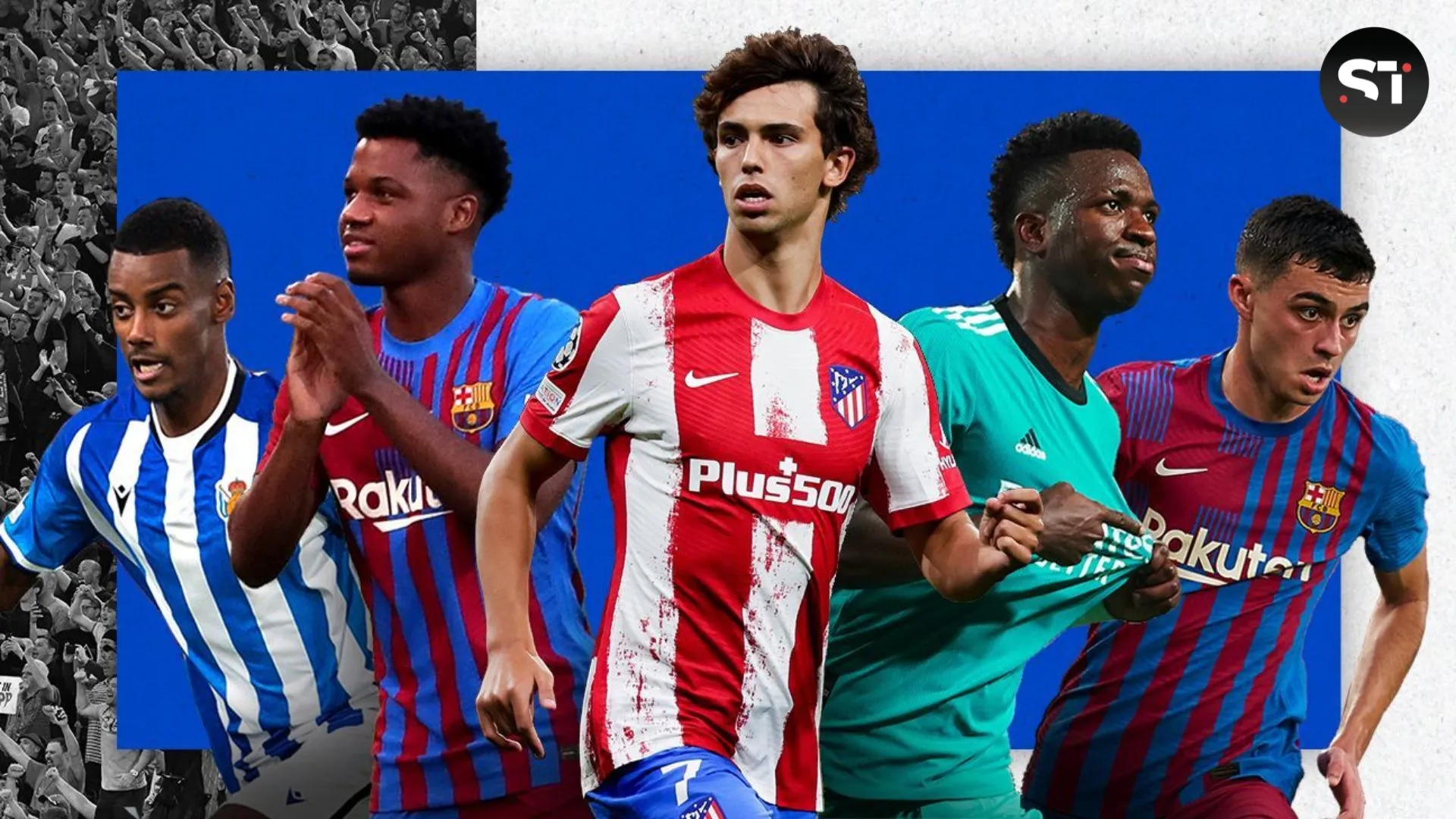Atletico Madrid’s tactical evolution under Diego Simeone has been revolutionary. Since his appointment in December 2011, Simeone has transformed Atletico Madrid from perennial underachievers into one of the most formidable teams in Europe. Known for their gritty, defensive solidity and relentless work ethic, Simeone’s Atletico has undergone several tactical shifts to adapt to new challenges and maintain their competitive edge in La Liga and Europe. This evolution has kept them at the pinnacle of football, challenging the dominance of Barcelona and Real Madrid.
The Birth of “Cholismo”
Simeone, affectionately known as “El Cholo,” brought a philosophy that was initially simple yet immensely effective. His tactical approach’s core is often called “Cholismo.” It was based on a 4-4-2 formation emphasizing defensive organization, high pressing, and rapid counter-attacks. The defensive rigidity and collective effort were the bedrock of Atletico’s success.

Under Simeone, every player knew their role defensively. The two banks of four created a compact structure that was difficult to break down. Midfielders and forwards were tasked with pressing opponents high up the pitch, forcing errors, and making quick transition opportunities.
This approach led to immediate success, culminating in a stunning La Liga title in the 2013-2014 season, breaking the duopoly of Barcelona and Real Madrid.
The Tactical Evolution: Defensive Solidity and Counter-Attacks
Atletico Madrid’s tactical evolution under Simeone was initially rooted in a no-nonsense, defense-first philosophy. The team played with an intense work rate, defending deep with a disciplined backline led by stalwarts like Diego Godin and Filipe Luis.
Midfielders like Gabi and Koke epitomized the hardworking, never-say-die attitude that Simeone demanded.

The transition from defense to attack was swift and lethal. Diego Costa’s and David Villa’s partnership in attack provided the firepower needed to capitalize on the few chances created.
This direct style of play, while often perceived as conservative, was immensely influential. It allowed Atletico to win games against more vigorous opponents by staying compact and hitting on the break with precision.
Flexibility and Tactical Versatility
As teams began to adapt to Atletico’s rigid 4-4-2 system. Simeone recognized the need for greater tactical flexibility. Including more technically gifted players like Antoine Griezmann and Yannick Carrasco, they were allowed Atletico to diversify their attacking options.
The 4-4-2 occasionally morphed into a 4-2-3-1 or a 4-1-4-1, providing more fluidity in attack while retaining defensive solidity.

Griezmann’s role was pivotal during this phase. His ability to drop deep, link play, and finish sharply added a new dimension to Atletico’s attack, and this period also emphasized ball retention and control.
With players like Saul Niguez and Thomas Partey stepping up in midfield roles. The tactical evolution under Simeone was clear: maintain the defensive foundation but add layers of attacking sophistication.
Possession and Proactive Football
In recent years, Atletico Madrid’s tactical evolution has continued towards a more possession-based, proactive style of play. The acquisitions of creative talents such as Joao Felix and the emergence of midfield maestros like Marcos Llorente signaled a shift.
While the core principles of defensive organization and collective effort remained, Atletico began to dominate possession more frequently and dictate the tempo of games.

Joao Felix’s versatility allowed Simeone to experiment with various formations, including a 3-5-2 and a 3-4-2-1, offering more attacking fluidity. Llorente’s transformation from a defensive midfielder to an attacking force provided additional goal-scoring threats.
This shift aimed to reduce reliance on counter-attacks and instead create sustained pressure through possession and intricate play in the final third.
The Defensive Bedrock: Modernizing the Backline
One constant in Atletico Madrid’s tactical evolution has been the emphasis on a solid defensive unit. However, adaptation and modernization have also been seen—the traditional back four, marshaled by experienced defenders.
Now, it sometimes shifts into a three-man defense. This change allows the wingbacks to push higher, providing width and supporting attacks while maintaining defensive coverage. Simeone has integrated new defensive talents like Jose Maria Gimenez, who combines aggression and composure.

The recruitment of Kieran Trippier added an attacking dimension from the right-back position, offering crossing ability and set-piece proficiency. The balance between experienced heads and new talents has ensured that Atletico’s defense remains one of the most formidable in Europe.
The Attacking Renaissance: Balancing Pragmatism with Creativity
Atletico Madrid’s tactical evolution under Simeone has also been marked by a renaissance in their attacking play. While defensive solidity is non-negotiable, the ability to unlock stubborn defenses with creative flair has become increasingly important.
The integration of players like Joao Felix and Angel Correa and the resurgence of Luis Suarez have provided a richer attacking tapestry. Simeone’s willingness to adapt has been crucial.

The traditional two-striker system has given way to formations that support a lone striker with dynamic midfield runners. This approach has allowed players like Llorente and Correa to exploit spaces, making late runs into the box and contributing significantly to the goal tally.
The Psychological Edge: Instilling a Winning Mentality
Beyond the tactical intricacies, Simeone’s most significant achievement might be the psychological transformation of Atletico Madrid. Under his stewardship, Atletico has developed an indomitable spirit, often described as “never giving up.”
This mentality has seen them secure crucial victories and comebacks, epitomized by their Champions League runs and domestic successes. Simeone’s ability to instill belief and discipline is evident in how his teams perform in high-pressure situations.

The 2020-2021 La Liga title, won dramatically on the final day, is a testament to this unyielding mentality. Players buy into Simeone’s philosophy, showing resilience and a collective fighting spirit that often overwhelms opponents.
Challenges and the Road Ahead
As Atletico Madrid’s tactical evolution continues, Simeone faces new challenges. The modern game demands adaptability, and maintaining a balance between defensive rigidity and attacking flair is crucial.
Integrating new players while retaining the core philosophy will be vital to sustaining success. To ensure continuity, the future may see further tactical innovations and greater use of youth academy products. As rivals strengthen and the landscape of European football evolves.

Simeone’s ability to adapt and evolve will be tested. However, with a decade of transformation under his belt, there is little doubt that Simeone and Atletico Madrid are equipped to face these challenges head-on.
Suggested Read: Emerging Young Talents in La Liga: Shaping the Future of Football
Conclusion
Atletico Madrid’s tactical evolution under Diego Simeone is a remarkable journey of adaptation and innovation, from the defensive masterclasses that shook La Liga to the more nuanced, possession-based approaches of recent years. Simeone has shown a tactical flexibility that keeps his team competitive at the highest levels.
His ability to instill a winning mentality and adapt to the changing demands of football ensures that Atletico Madrid remains a powerhouse, capable of challenging any team in Europe. The story of Atletico under Simeone is a testament to the power of tactical evolution and the enduring spirit of “Cholismo.”






[…] Suggested Read: Atletico Madrid’s Tactical Evolution Under Diego Simeone […]